In the realm of logistics and transportation, semi-trailers serve as the backbone of freight movement across the globe. As manufacturers and operators of semi-trailers, understanding their weight specifications is crucial not only for regulatory compliance but also for optimizing load capacity, ensuring safety, and enhancing operational efficiency. In this comprehensive guide, we delve into the nuances of how much a semi-trailer should weigh, considering various factors such as construction materials, design features, and operational requirements.
The Fundamentals of Semi-Trailer Weight
1. What Constitutes a Semi-Trailer’s Weight?
A semi-trailer’s weight can be broken down into several categories:
- Empty Weight (Tare Weight): This is the weight of the trailer when it is not loaded. It includes the chassis, the body, and any integral components without any cargo on board.
- Payload Capacity: This refers to the maximum weight a semi-trailer can carry, including cargo, passengers, and equipment.
- Gross Vehicle Weight Rating (GVWR): This is the total weight that a specific vehicle combination can safely handle, including the truck, hitching equipment, and the semi-trailer itself.
| Weight Type | Description |
|---|---|
| Empty Weight | The unloaded weight of the semi-trailer |
| Payload Capacity | The maximum cargo weight it can transport |
| GVWR | The combined maximum weight of vehicle and cargo |
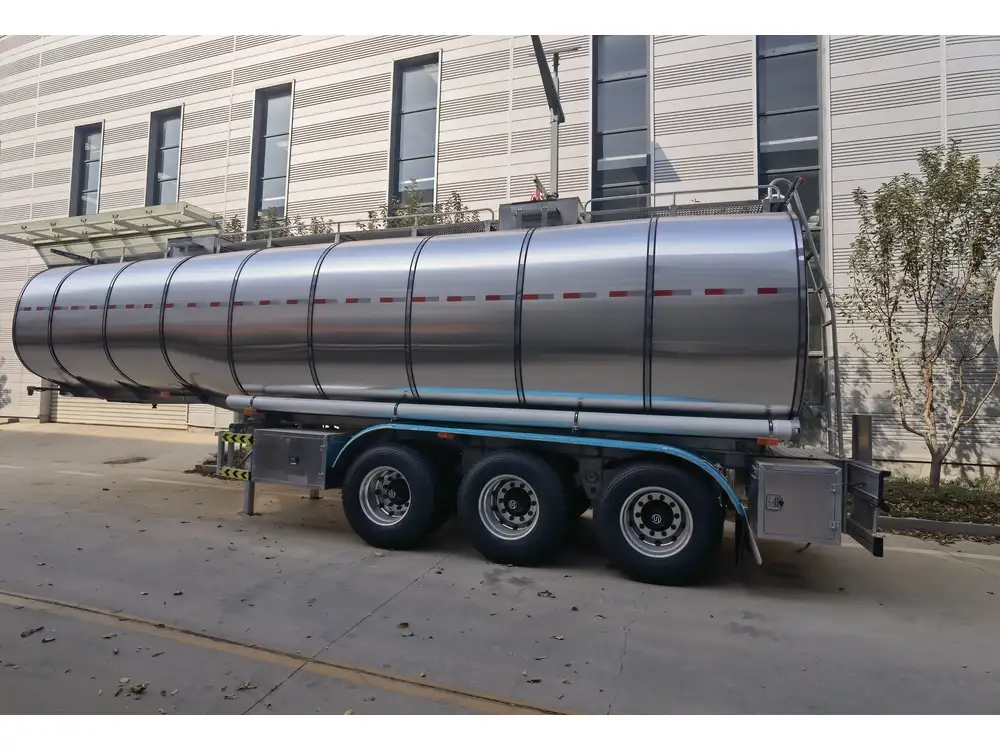
2. Regulatory Guidelines for Semi-Trailer Weights
Understanding the legal weight limits for semi-trailers is paramount for compliance with federal and state regulations. In the United States, the Federal Highway Administration (FHWA) sets the maximum legal weight limits for commercial trucks and semi-trailers. Below is an overview of these regulations:
- Maximum Standard Axle Weight: 20,000 lbs per axle.
- Maximum Gross Vehicle Weight: Generally, the limit is 80,000 lbs, including all vehicles and cargo.
- Bridge Law: This law restricts the weight of vehicles based on the number of axles and the distance between them to prevent damage to bridges and roadways.
| Regulation | Weight Limit |
|---|---|
| Maximum Standard Axle Weight | 20,000 lbs |
| Maximum Gross Vehicle Weight | 80,000 lbs |
| Bridge Formula Compliance | Varies by configuration |
3. Types of Semi-Trailers and Their Weights
Semi-trailers come in various types, each designed for specific types of cargo. The weight specifications can vary significantly based on the design and intended use.
a. Flatbed Trailers
- Empty Weight: Approximately 5,000 to 6,500 lbs
- Payload Capacity: 48,000 to 55,000 lbs
- Typical Usage: Transporting large and heavy items like machinery and oversized loads.
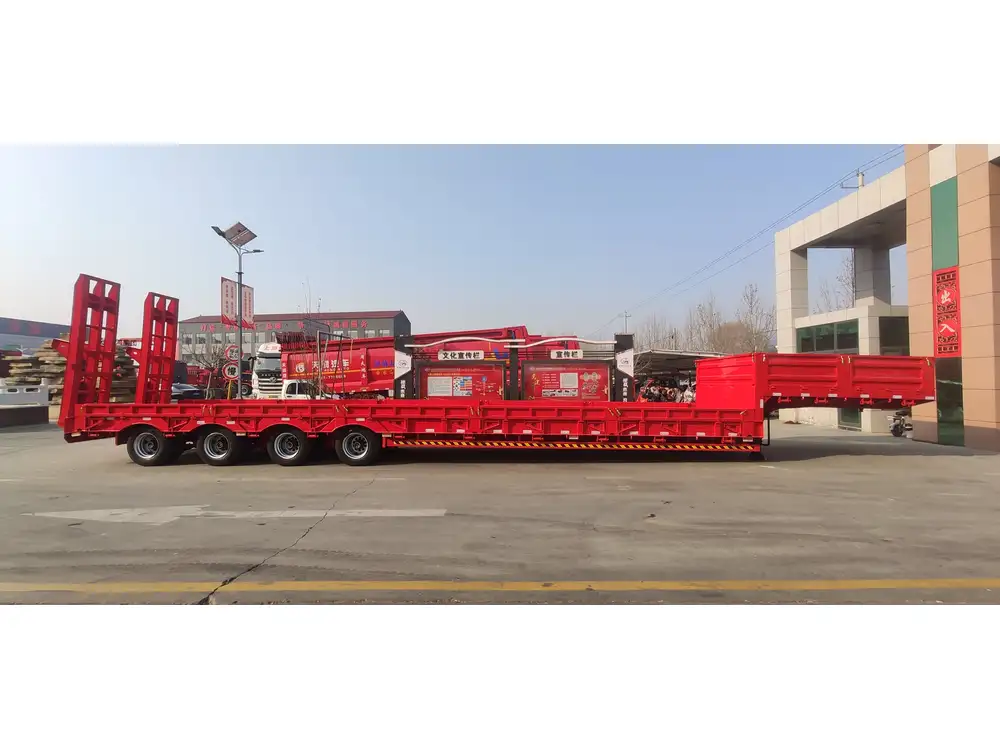
b. Enclosed Trailers
- Empty Weight: Approximately 7,000 to 9,000 lbs
- Payload Capacity: 40,000 to 48,000 lbs
- Typical Usage: Ideal for transporting sensitive or high-value cargo that requires protection from the elements.
c. Refrigerated Trailers (Reefers)
- Empty Weight: Approximately 12,000 to 15,000 lbs
- Payload Capacity: 35,000 to 45,000 lbs
- Typical Usage: Designed for temperature-sensitive goods such as food and pharmaceuticals.
d. Tank Trailers
- Empty Weight: Approximately 8,000 to 12,000 lbs
- Payload Capacity: 40,000 to 45,000 lbs (liquid weight varies)
- Typical Usage: Transporting liquids, including fuel, chemicals, and food-grade products.
| Trailer Type | Empty Weight (lbs) | Payload Capacity (lbs) |
|---|---|---|
| Flatbed | 5,000 – 6,500 | 48,000 – 55,000 |
| Enclosed | 7,000 – 9,000 | 40,000 – 48,000 |
| Refrigerated (Reefer) | 12,000 – 15,000 | 35,000 – 45,000 |
| Tank | 8,000 – 12,000 | 40,000 – 45,000 |
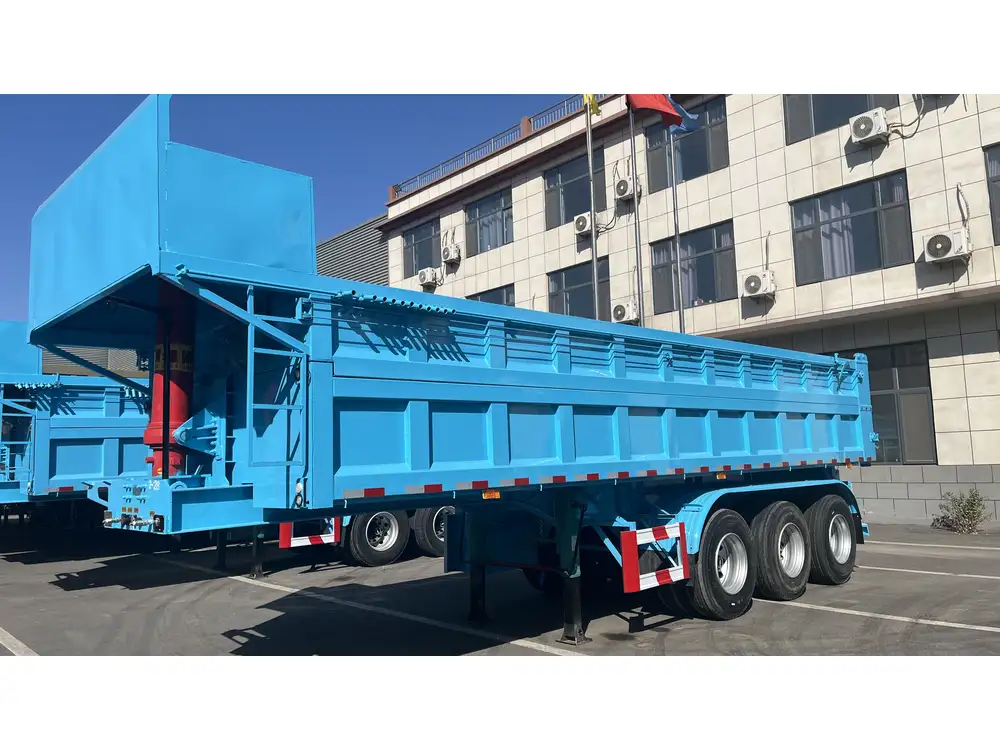
Factors Affecting Semi-Trailer Weight
4. Construction Materials
The materials used in the manufacturing of semi-trailers play a vital role in determining their weight. Common materials include:
- Steel: High strength and durability but adds significant weight.
- Aluminum: Lightweight and corrosion-resistant, leading to an overall lighter trailer but at a greater cost.
- Composite Materials: Innovative materials can provide strength while reducing weight.
Selecting the right materials for a semi-trailer is a balancing act between weight savings, strength, durability, and cost.
5. Design Features
Various design features can also impact a semi-trailer’s weight:
- Axle Configuration: More axles generally lead to greater weight distribution capabilities and potential weight savings with lighter frame designs.
- Length and Width: Longer and wider trailers can accommodate larger payloads but may also weigh more.
- Aerodynamics: Integrated features like side skirts and rounded edges can help improve fuel efficiency but may add weight.
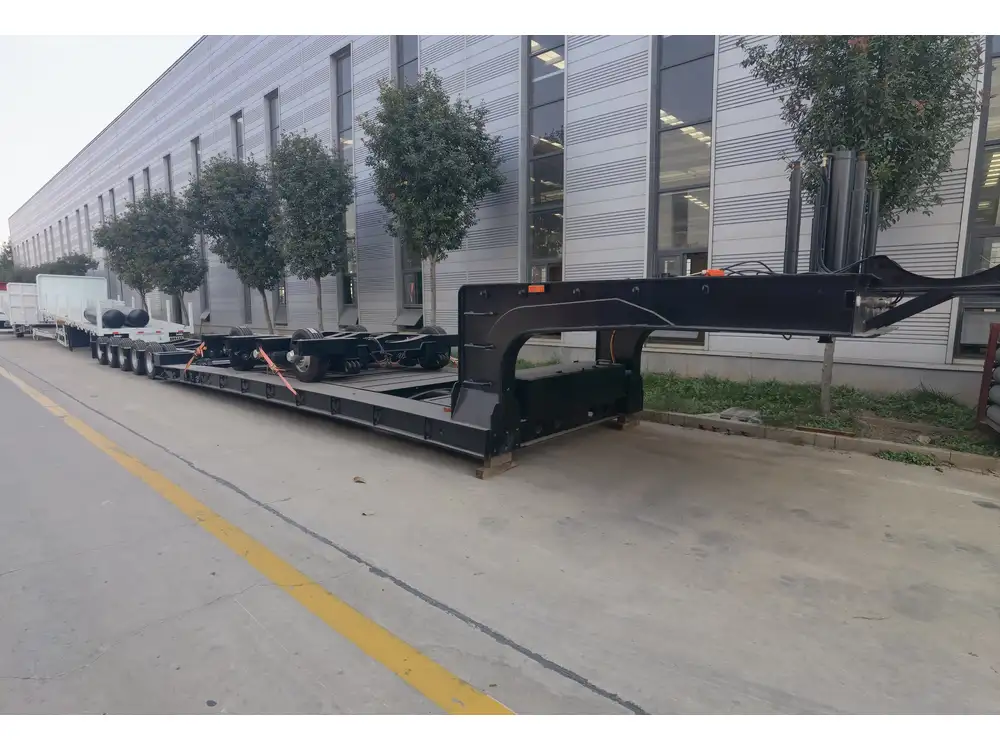
The Impact of Weight on Operation
6. Fuel Efficiency
Understanding the interplay between a semi-trailer’s weight and fuel efficiency is crucial for transportation companies. Heavier trailers generally consume more fuel due to increased resistance. Therefore, it’s essential to find the optimal weight balance to maximize operational efficiency.
7. Safety Considerations
Safety is paramount in the transportation industry. Overweight semi-trailers may experience:
- Increased stopping distances.
- Greater wear and tear on brakes and tires.
- Higher chances of rollover incidents.

8. Legal Compliance and Fines
Operating a semi-trailer that exceeds legal weight limits can lead to:
- Fines and penalties from regulatory bodies.
- Increased vehicle maintenance costs due to higher wear.
- Possible grounding of vehicles until compliance is achieved.
The Importance of Accurate Weight Measurements
9. Methods for Weighing Semi-Trailers
Accurate weight measurements are essential for operational efficiency and regulatory compliance. Various methods are employed for weighing semi-trailers:
- Public Weigh Stations: Located on major highways, these facilities allow for accurate weight measurement.
- Onboard Scales: Installed within the truck’s system, offering real-time weight information during transit.
- Portable Wheel Load Scales: Used at loading docks to ensure compliance before departing.
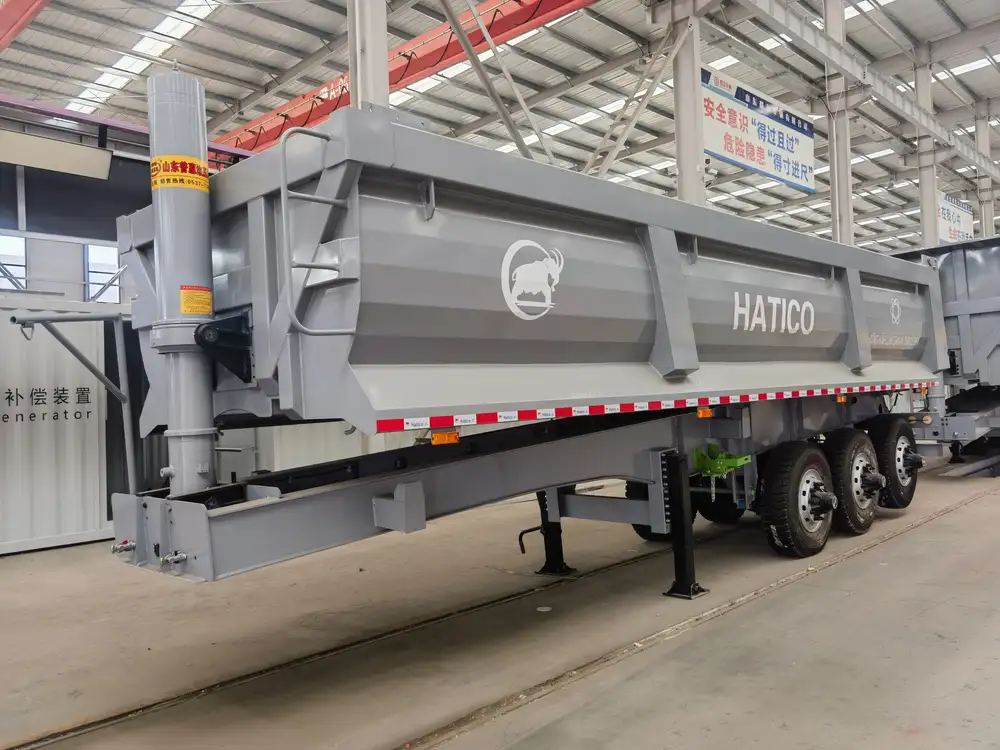
10. Calibration and Adjustment
Periodically calibrating scales and adjusting operational practices is vital to maintain accurate weight data. Regular checks can prevent overweight fines and ensure safety compliance.
Conclusion
Understanding how much a semi-trailer should weigh requires a nuanced consideration of various factors, including material choices, design features, legal regulations, and operational efficiencies. Manufacturers must consider their target market and cargo needs when developing semi-trailers to ensure optimal performance while adhering to weight specifications. As the logistics and transportation landscape evolves, keeping abreast of advancements in materials and technology will enable manufacturers to produce semi-trailers that not only meet but exceed industry standards.
By comprehensively understanding semi-trailer weight dynamics, businesses can optimize their operations, improve safety protocols, and drive overall efficiency in transporting goods across diverse terrains. This clarity ensures that we remain informed stakeholders within an ever-evolving industry, committed to excellence in all our endeavors.



